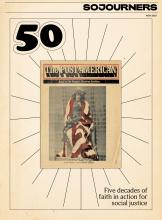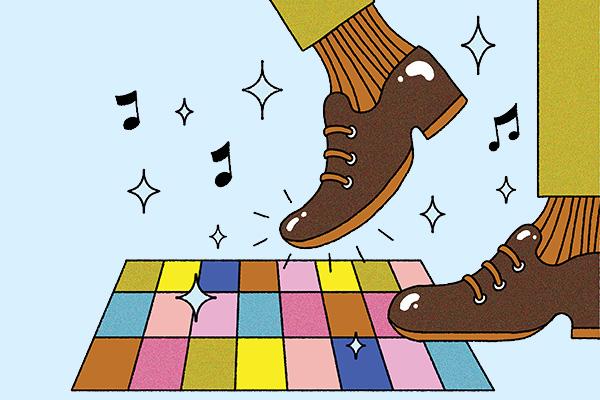EVERY ONCE IN a while, while brushing my teeth or driving to work, my mind will wander to what I call “future regrets”—things that I’m pretty sure I’ll rue later in life but about which I do nothing to resolve in the present. Those include obvious ones like not flossing or watching PBS NewsHour enough. But there’s one thing in that category that’s a little more unexpected: dancing.
The sheer act of dancing—with its flailing of the arms and stomping of the feet (including, inevitably, stomping on other people’s feet)—doesn’t exactly lend itself to those inclined toward modesty and reserve. And unless you’re doing that flailing and stomping while walking over hot coals at the direction of human resources as part of your new employee training icebreaker, people will probably turn their attention to you, and not in a good way. But for those of us who grew up in churches where dancing was frowned upon, stepping out on the dance floor feels like a theological risk as well. (Old joke: “Why do Baptists prohibit sex while standing up? It might lead to dancing.”)
Read the Full Article

